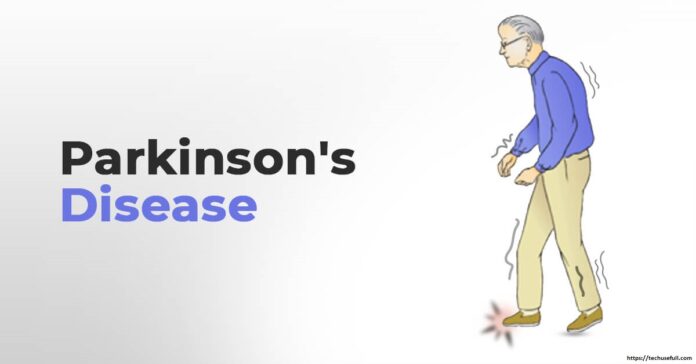Those suffering from Parkinsons disease can get relief from the symptoms by getting Deep Brain Stimulation Surgery. The treatment is performed on the brain’s electrical system and can help patients regain their ability to move. It is one of the most common treatments for Parkinson’s and is used to treat tremors, stiffness, and spasms. It is also often used in conjunction with other treatments.
Symptoms
Symptoms of Parkinson’s disease vary from person to person, but the main ones are tremors, slowed movement and rigid muscles. The disease affects the nervous system and can also lead to problems with the digestive system and mental health.
Tremor, a common symptom of Parkinson’s disease, is a shaking that may occur when the patient is awake. It can happen in the tongue, lips, chin, neck, and other parts of the body. The shaking can start with a light tremor in one limb and then spread to the other.
Bradykinesia is another symptom of Parkinson’s disease. It is characterized by slow and asymmetrical movements. People with this condition can appear emotionless and blank. They have difficulty starting a movement and can take small, quick steps.
The onset of this symptom is often the first sign of Parkinson’s disease. In early stages of the disease, it may be mistaken for arthritis or another orthopedic problem.
Diagnosis
Obtaining an accurate diagnosis of Parkinson’s disease can be difficult in the early stages. Although there is no cure for this disease, medication can help alleviate symptoms.
Doctors trained in nervous system disorders often diagnose Parkinson’s based on a physical examination and medical history. They may also perform a specific SPECT scan to rule out other conditions.
A skin biopsy can be performed to look at the surface nerve tissue. Misfolded proteins called Lewy bodies build up in certain cells. They cause toxic effects.
Researchers are now actively trying to find biomarkers in blood and other bodily fluids. These findings could lead to more sensitive testing for PD.
To confirm a Parkinson’s diagnosis, your physician may suggest an MRI of your brain. However, this is not routinely done by movement disorder specialists. This is because of the uncertainty of these tests.
You should also speak with a mental health provider if you are concerned about your symptoms. They can provide guidance about when to seek care and what to expect.
Treatment options
Medications, physical therapy, and lifestyle changes can help treat and control Parkinson’s disease. However, they are not cures. Some of the side effects of these medicines include hallucinations, insomnia, and low blood pressure.
One of the primary treatments for Parkinson’s is levodopa, a drug that is converted into dopamine in the brain. Other options include deep-brain stimulation, a non-surgical treatment. It is not effective for everyone, but it may reduce the tremors and muscle rigidity associated with Parkinson’s.
Another promising option for Parkinson’s is surgery. In this procedure, electrodes are implanted into the brain to interrupt electrical signals responsible for symptoms.
The most commonly prescribed medication for Parkinson’s is amantadine, which reduces tremors. Amantadine was originally developed to treat influenza.
Other treatment options for Parkinson’s include drugs that target the underlying causes of the disease. Some of these treatments include dopamine agonists, which mimic the effects of dopamine. Anticholinergic medications work to reestablish the balance between dopamine and acetylcholine in the basal ganglia.
Deep brain stimulation surgery
Using Deep Brain Stimulation (DBS) surgery to treat Parkinson’s disease is one of the most promising innovations in treatment of the condition in the past 40 years. It is often described as a pacemaker for the brain, which can be an effective way to relieve some of the motor symptoms of PD.
There are several different types of DBS surgery. These include MRI-guided DBS, which uses advanced technology to target a specific area of the brain for symptom relief. Generally, patients who undergo DBS have significant improvement in their quality of life.
The procedure involves a combination of surgical and nonsurgical methods. A neurologist, movement disorder specialist, and other specialists should evaluate a patient’s condition before deciding to proceed with the surgery.
Neurosurgeons use specialized equipment to perform the procedure. They begin by inserting a small opening into the skull. After the hole is made, the surgeon attaches electrodes to the inside of the brain. These electrodes produce electrical impulses that can block nerve signals that cause tremors.


